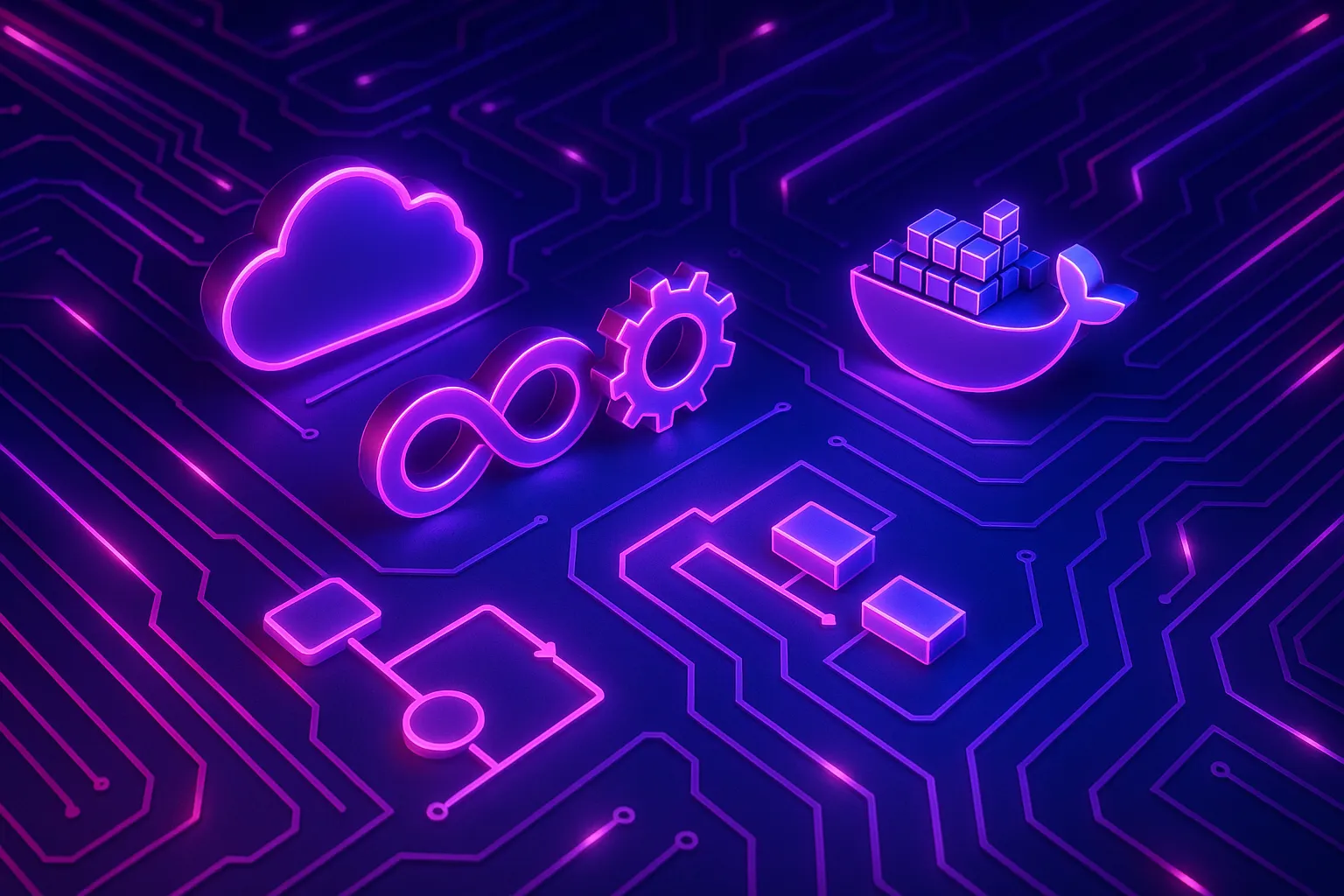
Transitioning to CircleCI 2.0 marks a significant step forward for developers aiming to streamline their software delivery processes. In light of the rapid evolution toward microservices and agile methodologies, CircleCI 2.0 has emerged as an important tool in modern development, enhancing both the speed and efficiency of continuous integration.
Transformative Features of CircleCI 2.0
Introduced in July 2017, CircleCI 2.0 offers a suite of features designed to address the evolving needs of continuous integration tools. A notable update is the framework's robust support for service-oriented architectures and Docker, significantly reducing build times and fostering a continuous feedback loop crucial for iterative software development.
One of the enhancements includes the ability to parallelize tests with the introduction of jobs and executors. This allows developers to run separate parts of their testing concurrently, reducing bottlenecks and expediting the entire build pipeline. For example, if you have unit tests, integration tests, and end-to-end tests, you can configure them to run simultaneously, reducing the waiting time during the build process.
Integrated Workflows and Streamlined Configuration
Central to CircleCI 2.0's functionality are workflows, which define the sequential and parallel execution of jobs within a pipeline. This orchestration is critical for integrating various services smoothly, eliminating the need for repeated manual configurations. As software transitions away from monolithic architectures, workflows provide the precision required to manage complex services with ease.
With configuration rooted in a YAML file at ~/.circleci/config.yml, developers gain a powerful tool to manage their CI processes. Specifying jobs with particular executors and steps within this file allows developers to cater the build pipeline to their project's diverse needs. To illustrate, consider setting up a workflow to first build your application, run tests, and then deploy it. You can define separate jobs for each step, and group them using workflows that dictate their order and concurrency.
Moreover, CircleCI 2.0 supports data persistence via features like workspaces, caches, and artifacts. These capabilities ensure that vital data remains accessible throughout the build process, enabling consistent and reliable deployments.
Impact on Modern Development Practices
The adoption of CircleCI 2.0 has significantly influenced software development methodologies. Its support for microservices architecture allows teams to break down complex processes into manageable parts, promoting more streamlined development and deployment cycles.
Additionally, CircleCI enhances collaboration by providing immediate feedback, enabling teams to quickly identify and resolve issues. This level of integration and responsiveness is vital for maintaining software quality in today’s fast-paced environments.
Embracing the Future of Development
As developers continue to seek tools that offer robust performance with minimal complexity, CircleCI 2.0 stands as a beacon in modern continuous integration. Dive deeper into its features through the wealth of tutorials and resources available on CircleCI's official site. Share your own experiences and innovations with CircleCI 2.0, and explore how it can transform your development processes.

